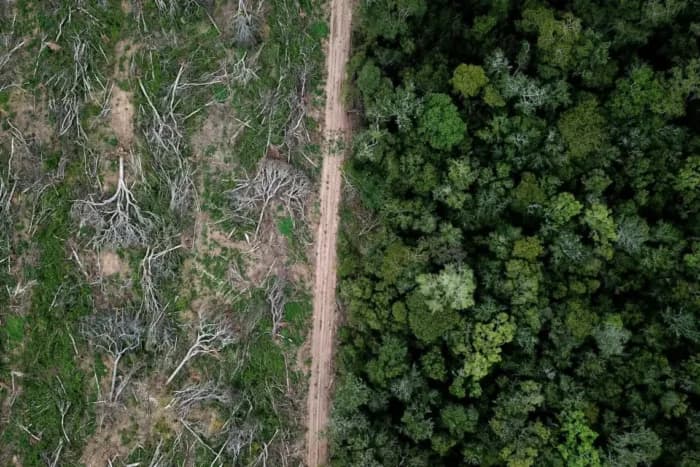In a recent feature published by EatingWell, six leading U.S. coffee experts unanimously identified one simple but critical mistake that undermines the flavor of home-brewed coffee: inaccurate measurements.
As specialty coffee continues to gain popularity and home brewing becomes more sophisticated, many consumers are still puzzled when their at-home cup doesn’t match the quality of their local café. The article sheds light on the most common brewing errors and how to correct them, with insights from roasters, baristas, and trainers across the country.
“We hear this all the time—customers love our coffee in-store, but they say it tastes different at home,” said Murilo Santos, co-founder and roastmaster at Boarding Pass Coffee in Georgia. “The issue usually comes down to technique.”
The Top Three Mistakes
According to the panel of coffee professionals, the three most common mistakes in home brewing are:
-
Inaccurate coffee-to-water ratios
-
Inconsistent grind size
-
Using unfiltered tap water
Measurement Is Key
Lindsey Sozio, founder of Lavender Coffee Boutique in Denver, emphasized the importance of precision. “Coffee is a science. The wrong ratio throws off the balance—too much coffee results in bitterness, while too little leads to sour, weak flavor.”
To resolve this, experts recommend using a kitchen scale to weigh both coffee and water. Kat McCarthy, Specialty Coffee Association trainer and Lavazza’s training manager, noted that “even using the same scoop each time can yield different amounts. A scale guarantees accuracy.”
While brewing ratios may vary by method and taste, most experts recommend starting with a 1:16 or 1:17 coffee-to-water ratio—meaning 1 gram of coffee to 16–17 grams of water—and adjusting from there.
Invest in a Burr Grinder
Contrary to popular belief, a high-end coffeemaker isn’t the most important investment for home brewers. The experts stress that a quality burr grinder plays a more critical role.
“People often invest in brewers but ignore the grinder,” Sozio explained. “Grind consistency is essential for proper extraction and flavor.”
Adam Kelley of Leopard Forest Coffee Co. added that grind size should match brew method: coarse for French press, fine for espresso, and medium for drip coffee.
Amy Smith from EXO Coffee recommended burr grinders over blade grinders and suggested that consumers ask their local roasters to grind beans to suit their preferred method if a grinder is not available at home.
The Water Factor
Filtered water—not tap—is another non-negotiable for quality brewing. Tap water often contains minerals and additives that alter flavor, especially in areas with older infrastructure.
“Coffee is 98% water, so what you brew with matters,” said Tayler Jackson of The Grind in Virginia. “Using filtered water makes a huge difference.”
Temperature also plays a role. Experts recommend water temperatures between 195°F and 201°F for optimal extraction. Water below 195°F can lead to sour coffee, while water hotter than 205°F can burn the grounds, creating bitterness.
Conclusion
The consensus among coffee professionals is clear: perfecting technique is the secret to a great cup at home. By weighing ingredients, using a burr grinder, selecting the correct grind size, and brewing with filtered water at the right temperature, anyone can elevate their home coffee experience.


